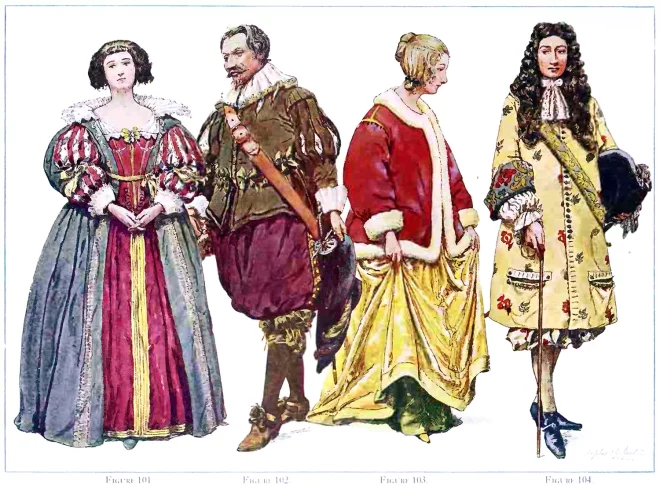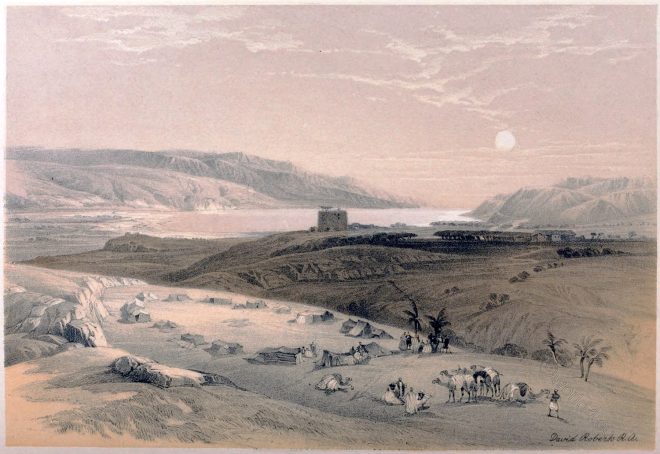In the Benedictine system early Western monasticism is to be seen at its best. Its rule was generally adopted by the monasteries of Western Europe.
The Temples of Baalbek in Lebanon.
The Temples of Baalbek in Lebanon. Egypt and Palestine by Francis Frith
Saint John and the hymn writers of Mar Saba.
Early monastic life. Mar Saba, center of earlier Greek Hymns. John of Damascus, Cosmas of Maiuma, Stephen the Sabaean
Citizens of New Amsterdam during the 17th century
Historic dress in America 1640-1686. Dutch lady. English gentleman. A patroon.
The Hagia Sophia of Trebizond, Turkey. Byzantine Architecture.
The Hagia Sophia, former Byzantine monastic church in Trabzon. Byzantine Art, History and Architecture.
The Holy House of Loreto. The Basilica della Santa Casa.
In the slope of the eastern Apennines, overlooking the Adriatic gulf, stands what may be called the European Nazareth.
Costume silhouettes at the beginning of the twentieth century.
In 1920 the costume consisting of a straight, short skirt, trim box coat or sweater and blouse
Jericho, the lowest city in the world.
Its location in the Jordan Rift Valley makes it the lowest city in the world, about ten kilometres north of the Dead Sea.
Madame Le Brun and Child exhibited at the Salon of 1787
Painted at Vigée Le Brun’s best period this group ranks among her highest achievements,- it has been engraved and reproduced times out of number
Early 16th century clothing of a German magistrate and knight.
Garment of a German magistrate and knight at the beginning of the 16th century.










